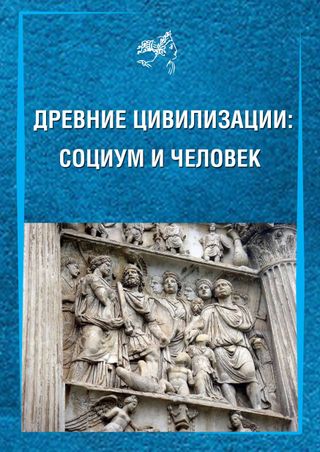?
Древние цивилизации: социум и человек. Доклады конференции Российской ассоциации антиковедов с международным участием
The edition is a collection of conference reports, held by the Russian Society of Classical Studies in cooperation with the Scientific and Educational Centre for Classical Studies at Yaroslavl Demidov State University with the financial support of the Russian Foundation for Basic Research (project 18-09-20043). The collection includes reports of thematic plenary sessions: 1. Ancient civilizations of the East and the West: common, special, contacts. 2. Real sources of the study of ancient societies: finds, collections, interpretations. 3. The ancient Greek polis: economy, power, political leadership. 4. Legal regulation in ancient societies. 5. The Roman state of the era of the Republic and the Principate: power and its carriers. 6. Romans, Italic peoples, provincials, barbarians: „own“, „neighbors“, „others“. 7. The man of ancient society: worldview, value system, interpersonal communication, leisure. 8. Christianity: society, ideologues, believers. 9. Classical historians: society and scientist.
